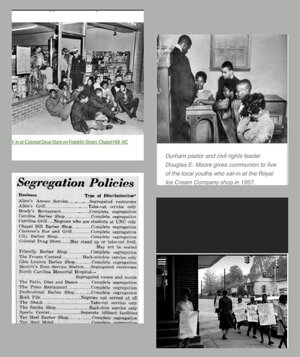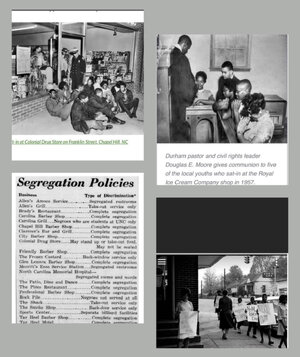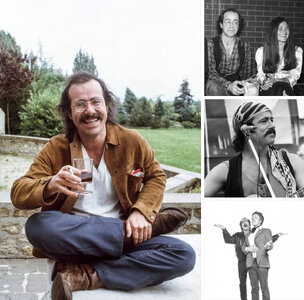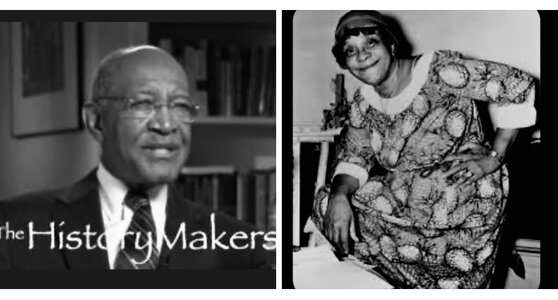donbosco
Inconceivable Member
- Messages
- 3,432

There were sit-ins before #Greensboro. I remember so-called ‘legal’ segregation. I recall doors or windows on the side or backs of restaurants where people of color could order and pick-up ‘to go’ orders. I have to imagine that for those people - citizens every one - m mm forced into such ‘second-class’ situations, the memories are harsh, hard, and hurtful. This meanness was systemic and state-backed-it still bears rotten fruit across society.
Teach about it. Learn from it. Do not continue to cover it up nor permit the hidden poison to pollute. There are organized groups, among them many who are powerful on the Right, that are full-time obfuscators, engaged in a crusade to stall the growing effort to bring greater truth into our schools and society. They hatefully misrepresent this effort and hurl buzz words from their platforms and pulpits and in ways that would make Orwell proud assert that the ones who seek to include the entire narrative in our education are the ones that are dividing. Don’t let them fool you. These people are several generations deep in their campaign to sell #FakeHistory. Time to stop them.
#OTD [June 23] 1957 6 youths + Rev. Doug MJ Moore entered segregated Royal Ice Cream in #Durham on the “Whites Only” side and sat down. Arrested for trespassing, a jury found them guilty. Appeals ensued to SCOTUS, who refused to hear the case. The children led. Landmark Sit-Ins Before Woolworth’s




